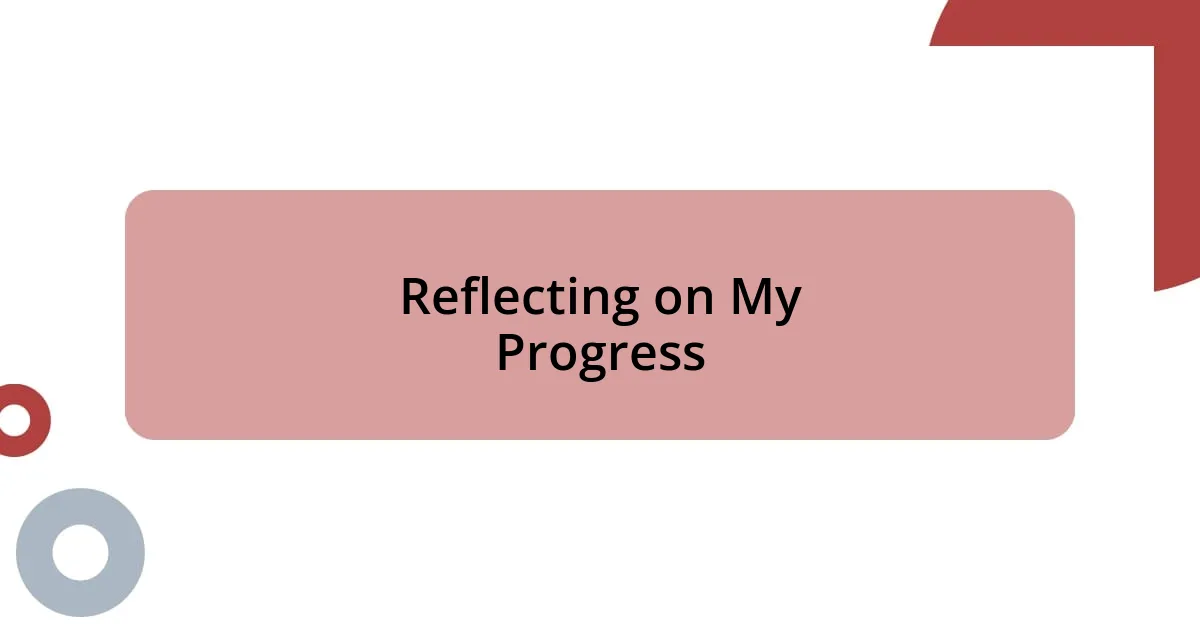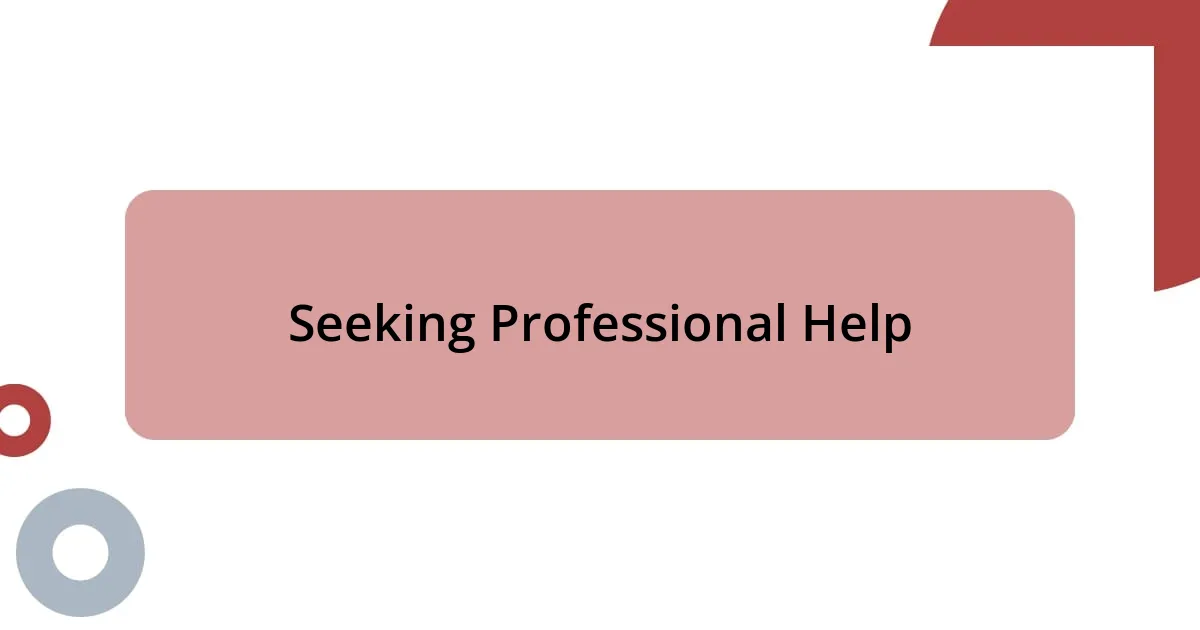Key takeaways:
- Panic attacks are triggered by a misfiring of the brain’s alarm system, leading to overwhelming physical sensations that mimic real danger.
- Recognizing personal triggers—both physical (like crowded spaces) and emotional (such as confrontations)—is essential for better managing anxiety.
- Effective coping strategies include breathing techniques, establishing daily routines, and seeking professional help, which can provide validation and tools for managing anxiety.
- Sharing personal experiences with panic attacks fosters connection and understanding, encouraging others to speak about their struggles and enhancing the healing process.

Understanding Panic Attacks
Panic attacks can feel like an overwhelming wave crashing over you, leaving you gasping for breath. I remember the first time I experienced one; it struck me completely out of the blue while I was grocery shopping. Suddenly, the crowded aisles felt suffocating, and I found myself questioning: Why is this happening to me? This sense of confusion amplifies the fear and can make people feel isolated in their experience.
At the core, panic attacks stem from a misfiring of the brain’s alarm system, which triggers a fight-or-flight response even when there’s no real danger. I often think back to those moments when my heart raced, and my palms turned cold, as if every nerve in my body was set on high alert. Have you ever felt that fight-or-flight instinct kick in at a time when you were perfectly safe? It’s fascinating, yet terrifying, how our brain can play tricks on us.
The physical sensations during a panic attack—like chest pain, dizziness, and shortness of breath—can be so intense that they mimic a heart attack. It’s a cruel irony that just as I was trying to calm down, my body felt like it was betraying me. With each experience, I learned that understanding these symptoms is key; it’s essential to remind ourselves that these sensations, while frightening, are a part of a panic response and not a sign of impending doom. How do you cope when your body goes into overdrive? This ongoing quest for understanding has been integral to my journey toward managing these episodes.

Recognizing My Triggers
Recognizing my triggers was a game changer in my journey through panic attacks. At first, I didn’t really understand what set me off; I thought the panic came from nowhere. But after some deep reflection, I realized certain situations heightened my anxiety—crowded places, stressful work deadlines, or even just feeling tired. Once I identified these triggers, I began to feel a sense of control. Have you ever noticed how some things make you feel more anxious than others?
During one particularly stressful week, I had a panic attack while driving through heavy traffic. The combination of tight deadlines and the noise of honking horns spiraled me into fear. I found myself hyper-aware of everything around me, which only intensified my feelings of being trapped. Analyzing that moment later on, I came to understand that targeting small stressors, like preparing for my drives with calming music, helped ease the buildup of anxiety. It showed me that recognizing my triggers didn’t mean avoiding them entirely; instead, I could learn strategies to navigate them more effectively.
I also discovered that emotional triggers played a significant role in my panic attacks. Events like confrontation or conflict amplify my feelings of unease, and in those moments, I felt a tightening in my chest as if my body was reacting to an emotional danger. Understanding these emotional responses made it easier to prepare for situations that might elicit those feelings. I found it useful to jot down not just what I was experiencing at the time but also how I could shift my perspective to lessen the impact. Have you ever challenged yourself to reframe your thoughts during high-stress moments? Recognizing my triggers has not only paved the way for better coping mechanisms but also fostered greater self-awareness.
| Physical Triggers | Emotional Triggers |
|---|---|
| Crowded spaces | Confrontations |
| Stressful deadlines | Conflict with loved ones |
| Exhaustion | Feeling overwhelmed |

Breathing Techniques That Helped
Breathing techniques became my lifeline during panic episodes. One such technique, the 4-7-8 method, helped me regain control when I felt the familiar rise of anxiety. I would inhale for a count of four, hold for seven, and exhale slowly for eight, feeling my heart rate gradually steady as I practiced.
- 4-7-8 Breathing: Inhale for 4 seconds, hold for 7 seconds, exhale for 8 seconds.
- Box Breathing: Inhale for 4 seconds, hold for 4 seconds, exhale for 4 seconds, hold for 4 seconds.
- Diaphragmatic Breathing: Breathe deeply from the belly, not the chest, to activate the relaxation response.
- Counted Breathing: Focus on the rhythm of your breath, counting each inhalation and exhalation to promote mindfulness.
On one particularly overwhelming day, when a social event pushed me to my limits, I found myself stepping outside to practice these techniques. I vividly remember feeling the cool air against my skin as I breathed deeply, the tension slowly unraveling with each exhale. It was like a reset button, allowing me to return to the moment rather than spiraling into anxiety. Finding a breathing technique that resonates with you can transform your response when panic begins to surface.

Coping Strategies I Adopted
Coping strategies were essential in my journey, particularly self-soothing techniques. For instance, I began carrying a small fidget spinner; it seemed trivial at first, but during moments of heightened anxiety, the simple act of spinning it provided a sense of grounding. Have you ever noticed how small physical actions can distract your mind? The repetitive motion and focus on the sensation in my fingers redirected my thoughts, making the panic feel a little less suffocating.
Another effective strategy for me was establishing a daily routine. I learned that maintaining structure in my life helped mitigate unpredictable stressors. Mornings became sacred as I carved out time to meditate and sip my coffee slowly, allowing my thoughts to settle before diving into my day. Did you ever find comfort in rituals? For me, that sense of normalcy became powerful and created a buffer against anxiety’s unpredictability.
Lastly, I reached out for support, connecting with others who understood my experiences. Joining a local support group was a pivotal moment—I found a shared sense of comfort in hearing others’ stories. It encouraged me to express my feelings more openly. How often do we underestimate the power of community? Being able to vocalize my fears in a safe space not only reinforced my coping mechanisms but also deepened my understanding of myself. Each strategy I adopted felt like a stepping stone, guiding me toward resilience.

Reflecting on My Progress
Reflecting on my progress has been a transformative experience. I remember the early days of my panic attacks when I felt powerless and overwhelmed. Looking back, it’s incredible to see how far I’ve come. Each episode was like a stepping stone, teaching me more about my triggers and responses. Have you ever noticed how each challenge can reveal a glimpse of your strength? I certainly have.
In the past, my panic felt like a thief, robbing me of precious moments. Yet, as I embraced my coping strategies and breathing techniques, I regained control. The realization that I could manage my anxiety felt like a small victory. For example, I recall a moment at a crowded family gathering when panic loomed large, but instead of retreating, I chose to practice my breathing. That choice marked a shift—I went from being a bystander in my life to an active participant, and it was empowering.
As I continue on this journey, I recognize the importance of celebration, no matter how small the victories. I learned to acknowledge each time I faced my fears and overcame them, whether that was stepping into a crowded space or simply allowing myself to breathe through a wave of anxiety. I often ask myself, “What has this moment taught me?” This reflective practice keeps me grounded and aware of my growth. The road to recovery isn’t short, but every step has been worth it.

Seeking Professional Help
Seeking professional help was a turning point in my journey with panic attacks. I vividly remember my first visit to a therapist; I walked in feeling nervous but left with a sense of relief. Have you ever felt that spark of hope after sharing your struggles with someone who truly listens? The validation I received made me realize that I wasn’t alone in this battle.
Therapy provided me with tools I never knew existed. My therapist introduced me to cognitive-behavioral techniques that helped me identify distorted thinking patterns. It was eye-opening to consider how my mind sometimes played tricks on me. For instance, I used to think every heartbeat was a disaster waiting to happen. Learning to challenge those thoughts helped me develop a new perspective. I ask myself now, “What’s the worst that could happen?” This simple question reassures me that my fears often hold little weight.
Medication was another aspect I explored, and deciding to try it wasn’t easy. I felt conflicted; would it change who I am? However, realizing that medication could provide me with a stable foundation to build upon was enlightening. After a few weeks, it felt like lifting a thick fog off my life. Emotional balance returned, allowing me to fully engage in therapy and my coping strategies. I often wonder, how many people dismiss the benefits of professional support? For me, seeking professional help was not a sign of weakness but rather an act of profound self-care.

Sharing My Journey with Others
Sharing my journey with panic attacks has been both liberating and daunting. I remember the first time I opened up to a close friend about my experiences. I felt vulnerable yet empowered as I shared the raw emotions tied to those episodes. Have you ever felt a weight lift just by revealing your struggles to someone? That conversation was a pivotal moment, reminding me of the importance of connection and support.
I’ve found that sharing my experiences not only helps me heal but also fosters understanding among others. During a community event, I spoke about my panic attacks to a small group. The looks of empathy and nods of recognition from others were heartwarming. It was in that moment I realized how impactful vulnerability can be—by simply being honest, I encouraged others to step out of their own silence. It’s fascinating to notice how common these feelings are, isn’t it?
Through storytelling, I’ve created a space where others feel safe to share their own journeys too. I often encourage my friends to tell their stories, and it’s amazing how these exchanges can spark hope. While it can be challenging to revisit those feelings, each story shared strengthens the bond between us. In nurturing this dialogue, I’ve learned that we’re all in this together, navigating our paths towards wellness. How has sharing your own story shaped your healing?














